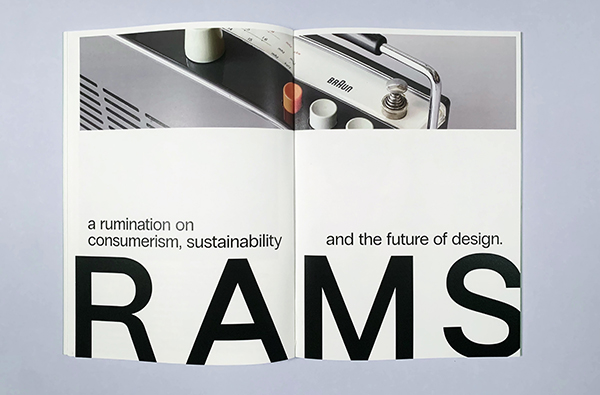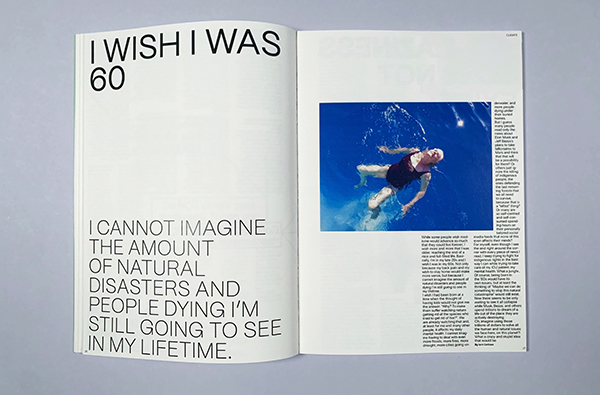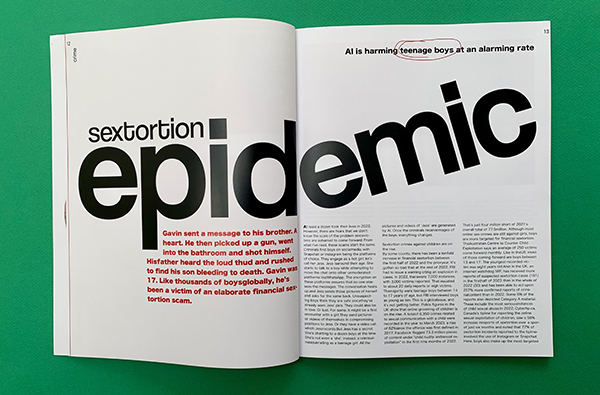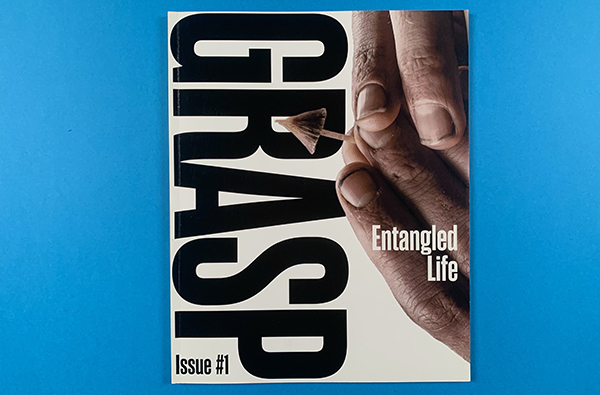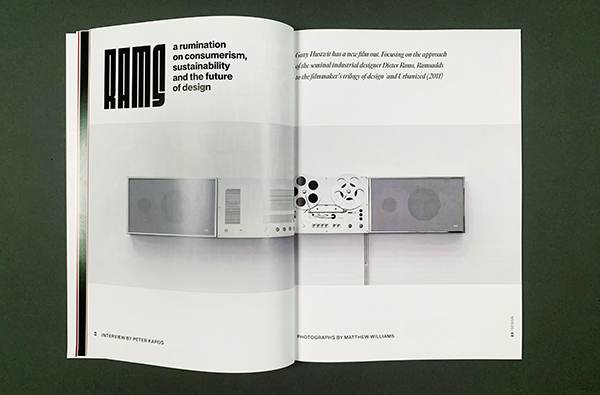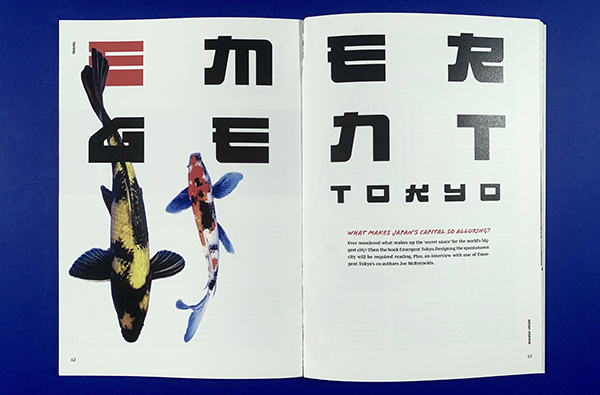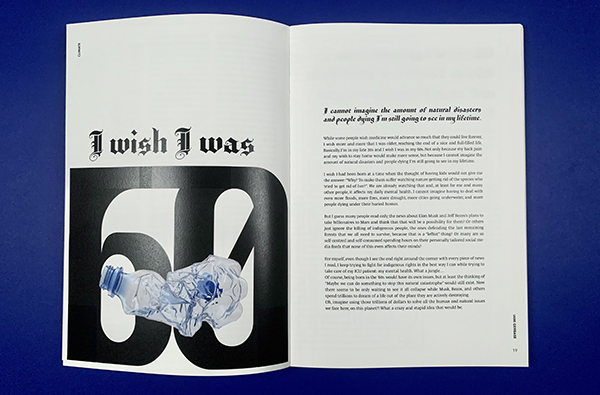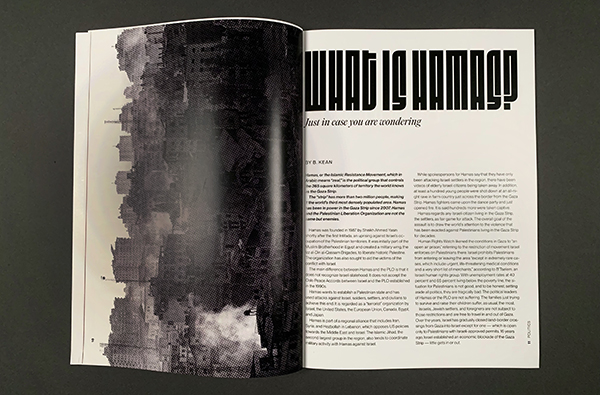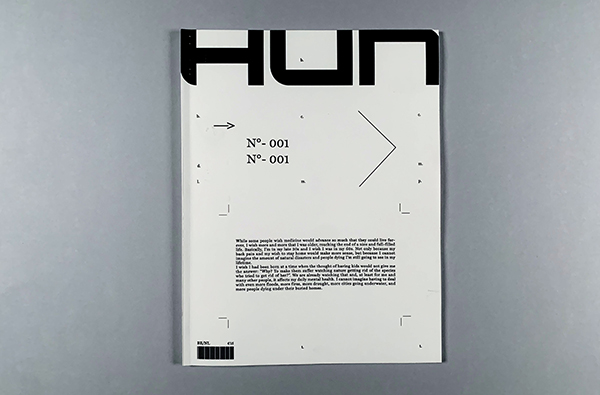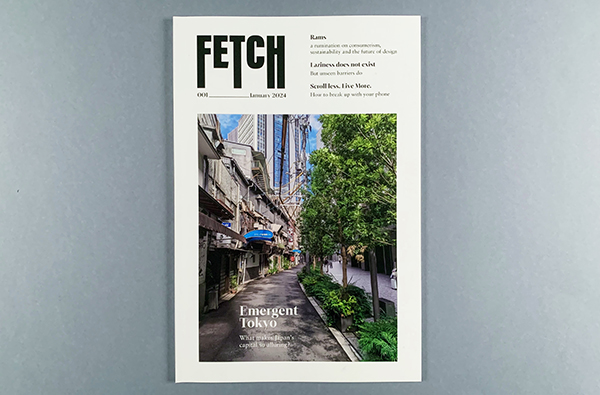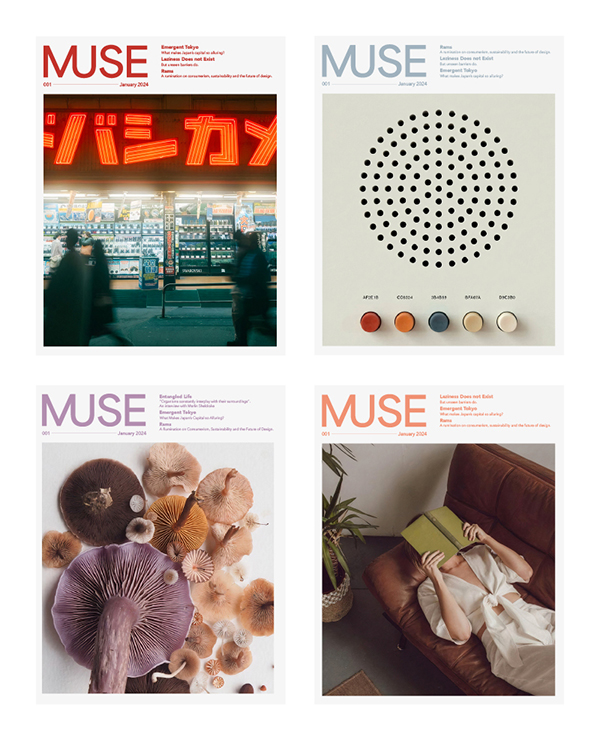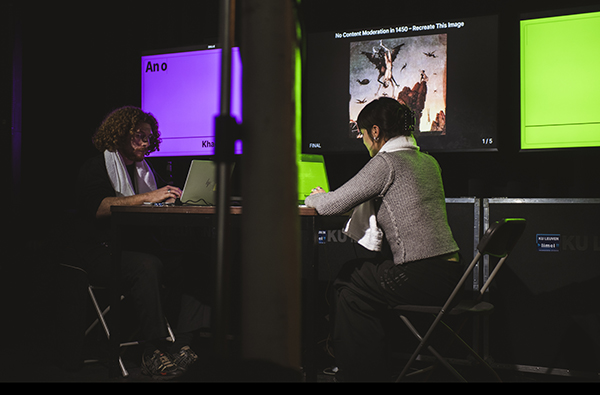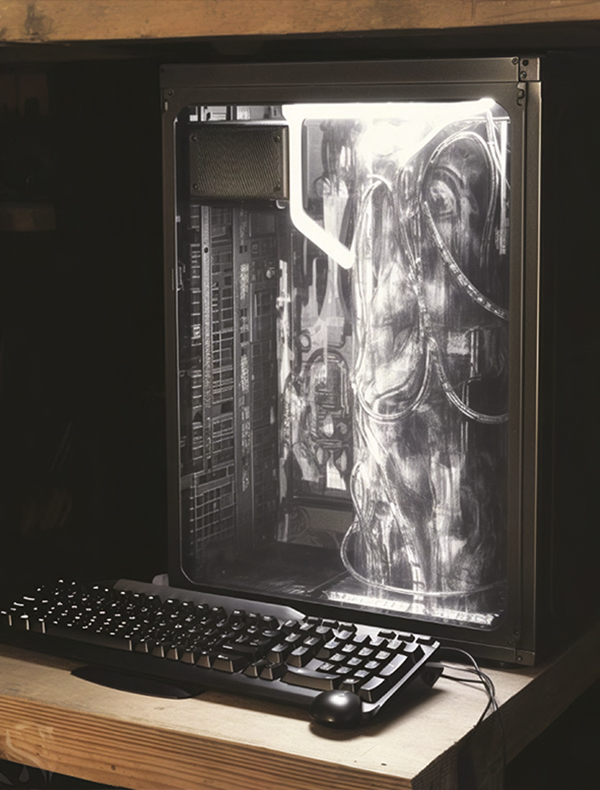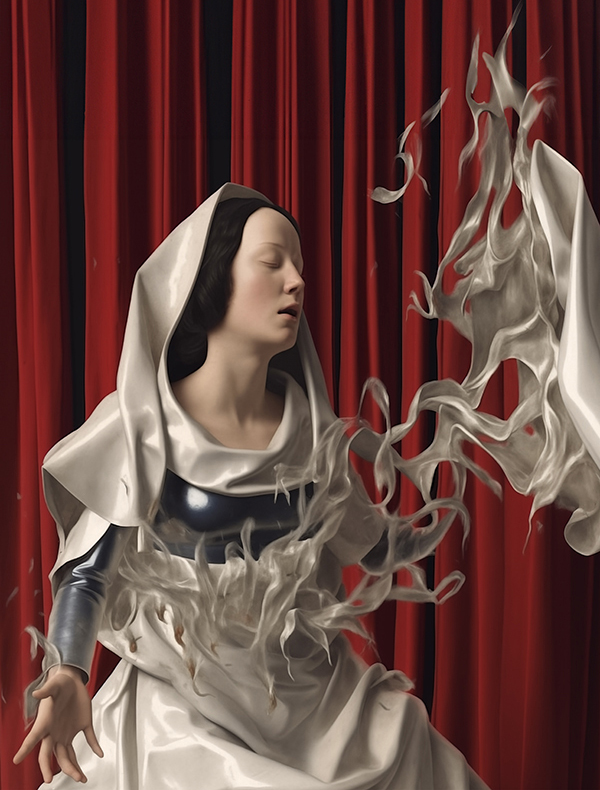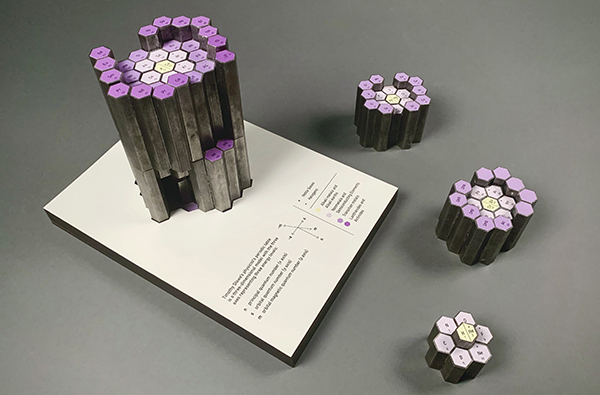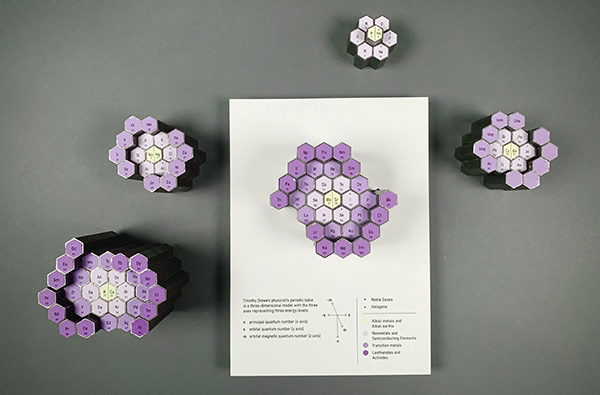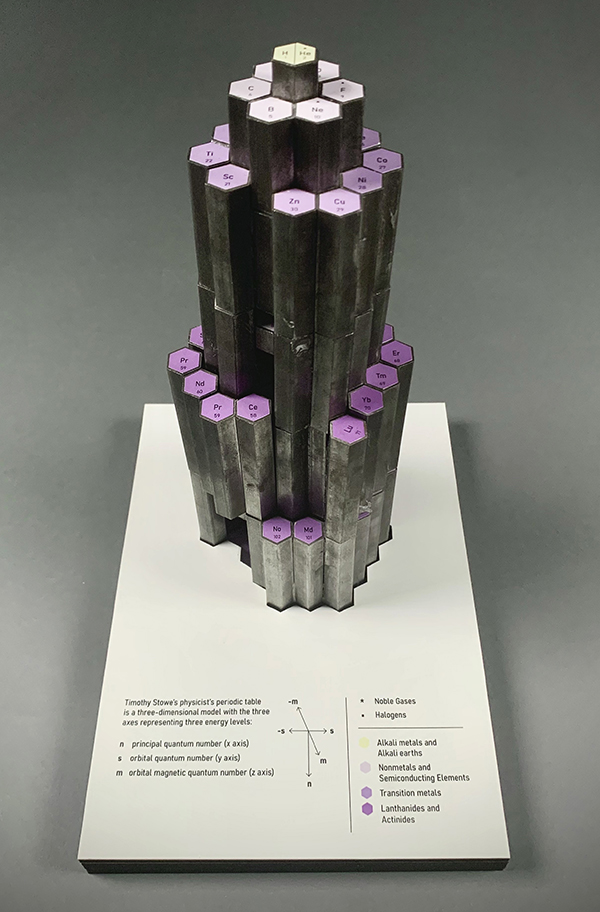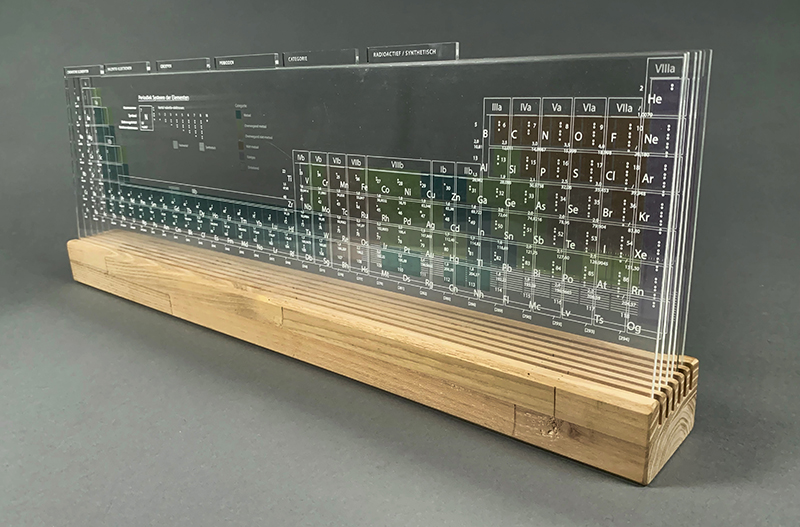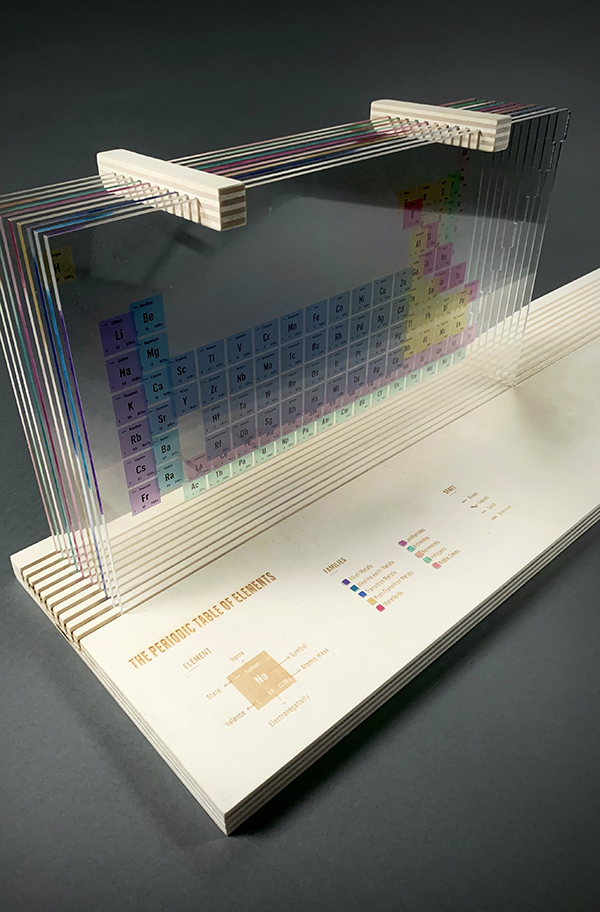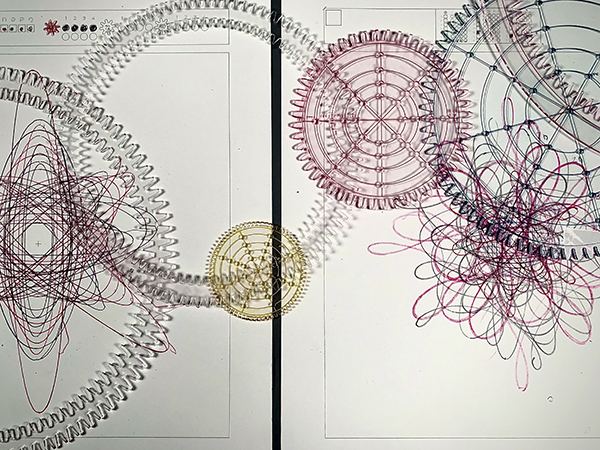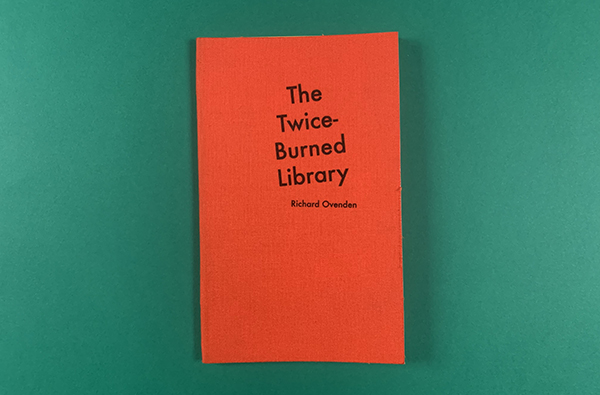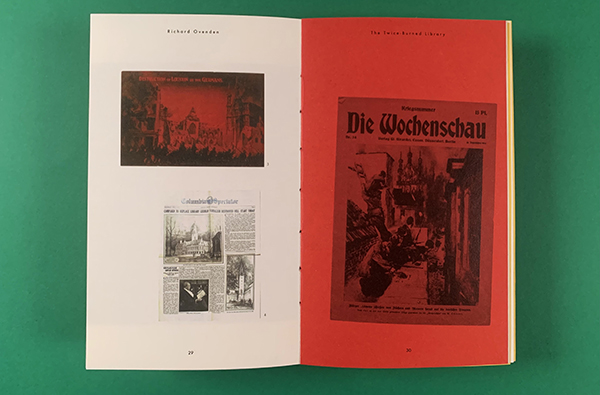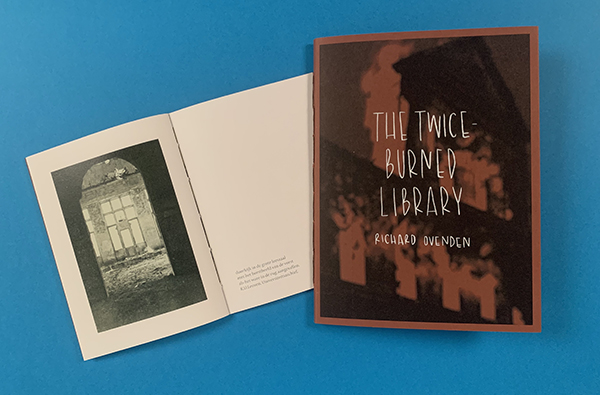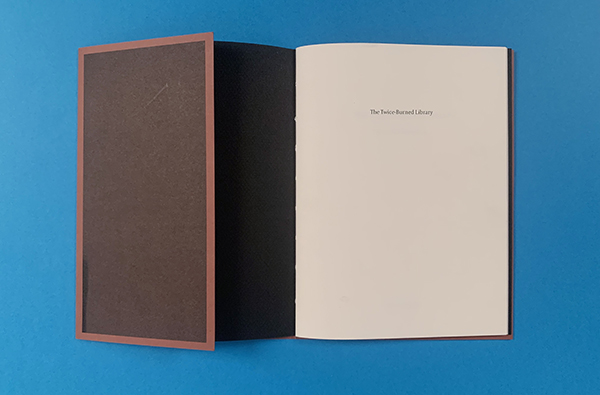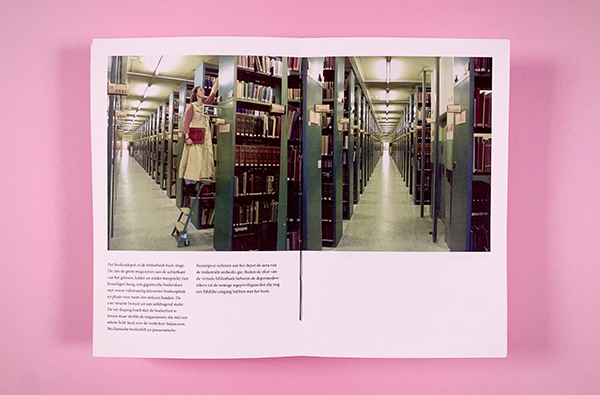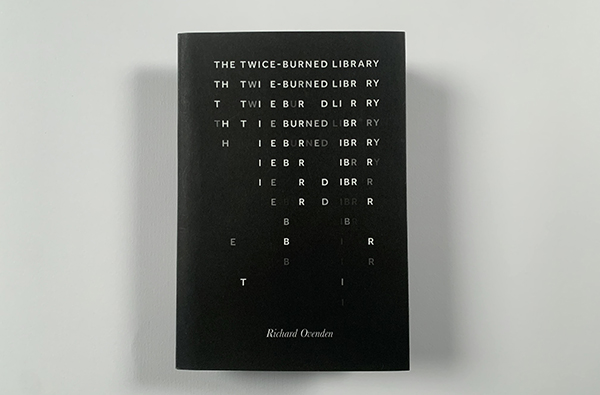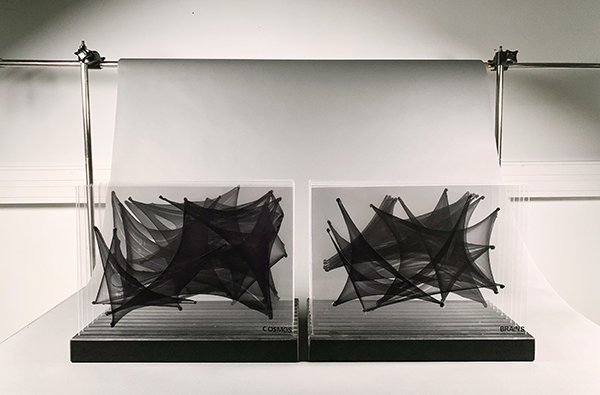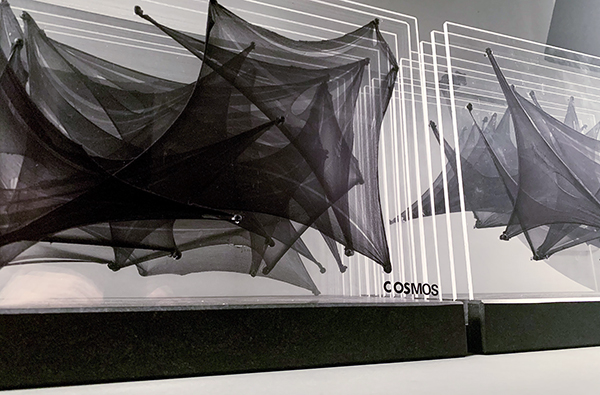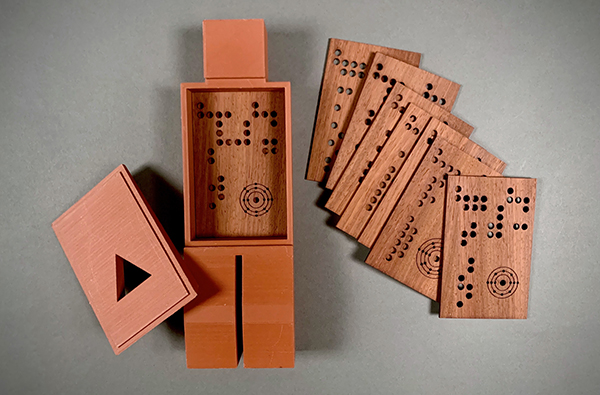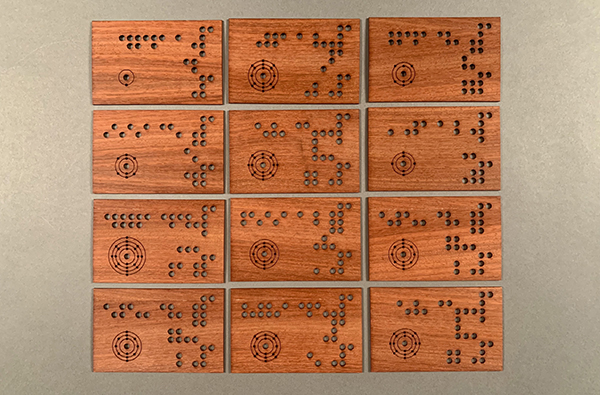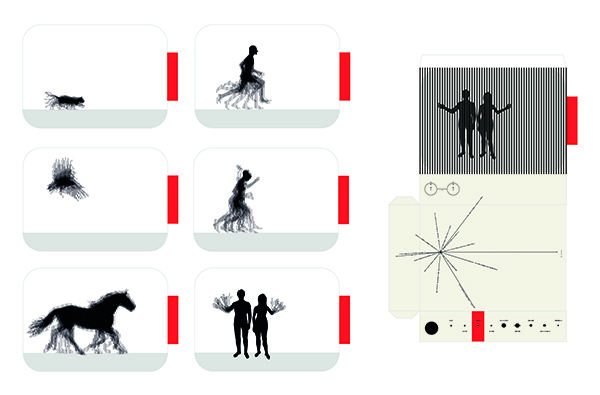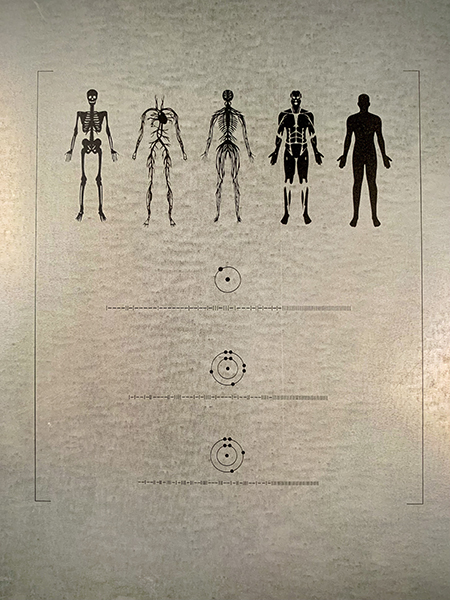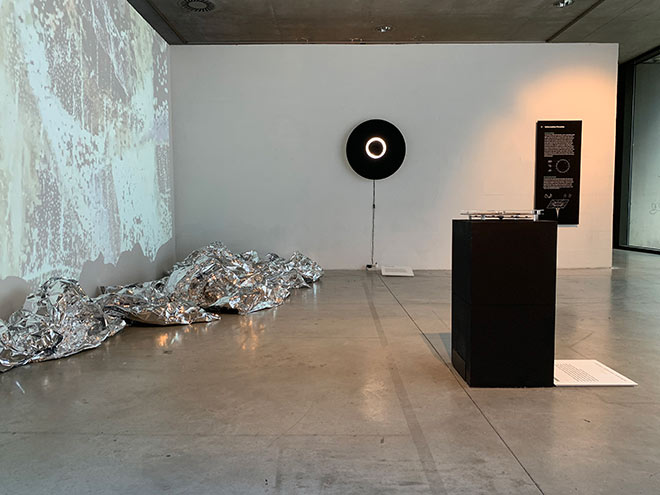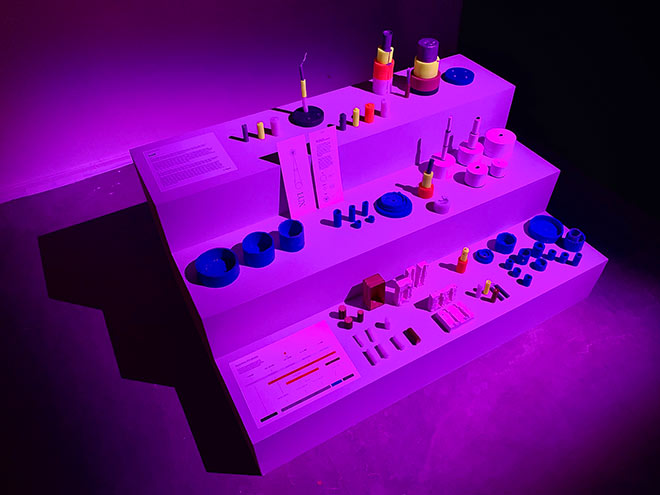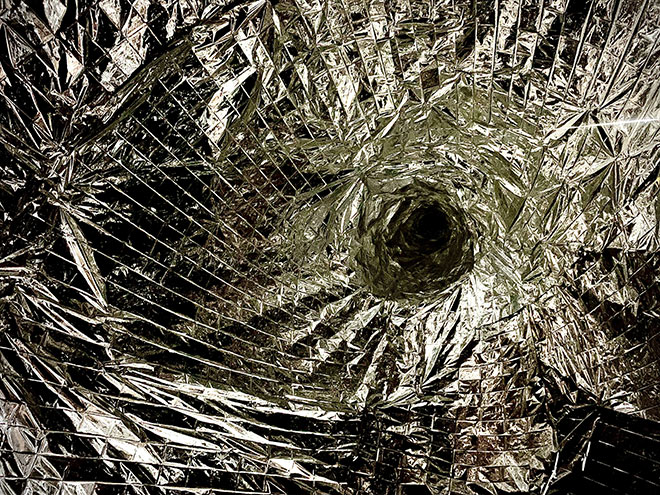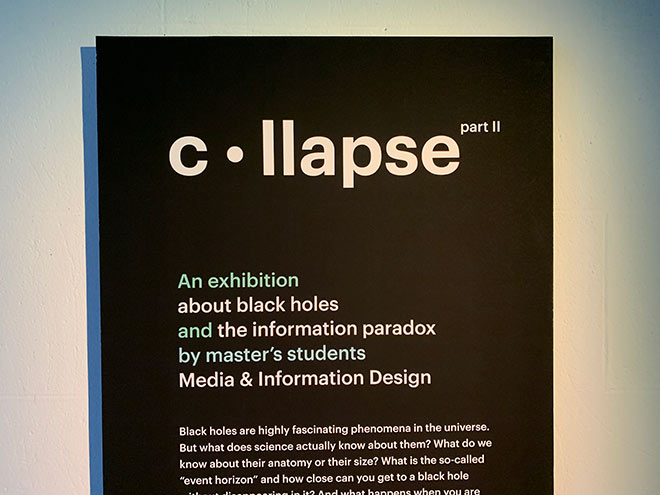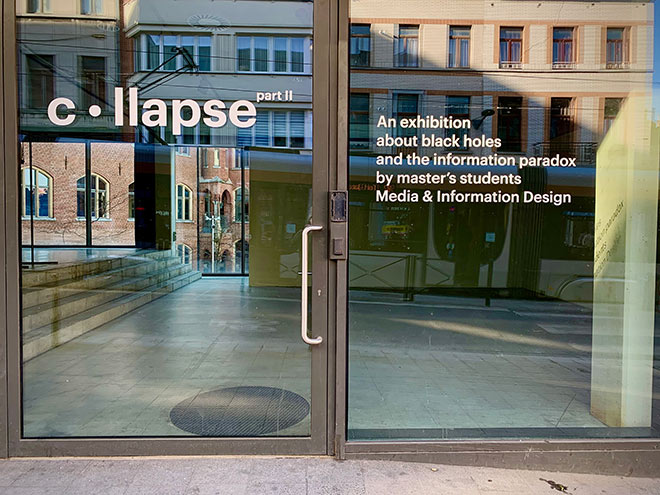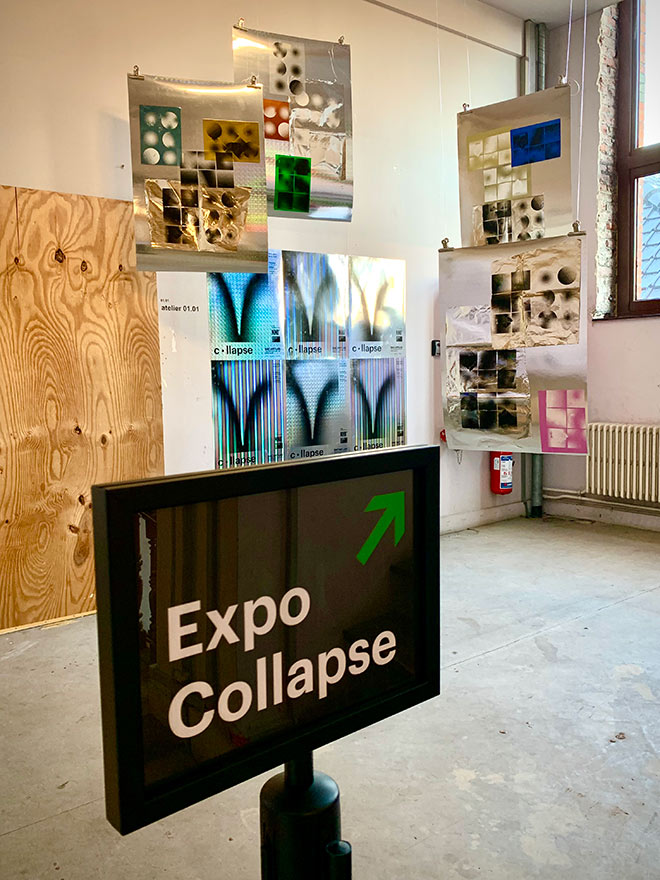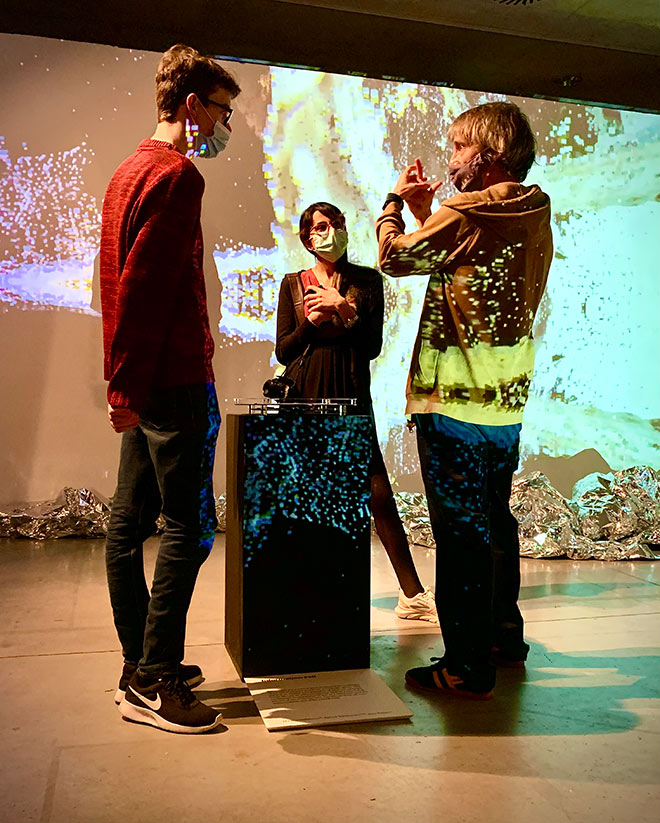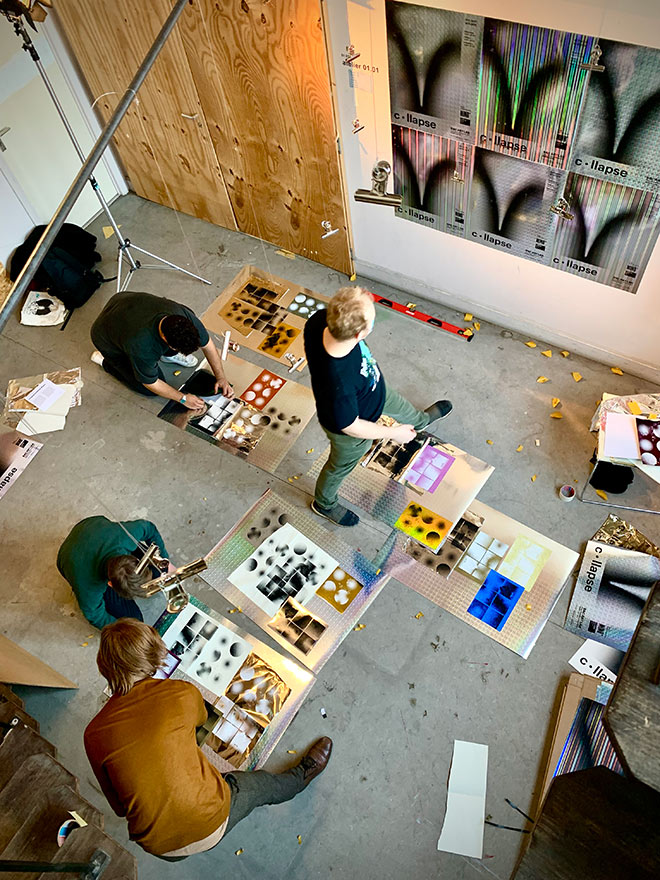SpacetellingHuman Computer Interaction
3Ba, 2023-24
Media technology is omnipresent today. We carry multiple screen-based devices and explore realms like AR and VR. However, storytelling often remains limited to a single screen experience. How can we integrate our surroundings into narratives? In this assignment, students explore blending traditional media design with methods from human-computer interaction (HCI) to incorporate spatial elements into interactive stories.
MagazineEditorial design
3Ba, 2023-24
Students were asked to design a new monthly magazine which focuses on a broad range of topics. The magazine aims to reach an internationally orientated and “educated” public. It had to look beautiful and contemporary, fun to leaf trough, and interesting to read. Students also had to come up with a name for the magazine and design multiple covers.
PromptismAI inspired by renaissance art
3Ba, 2023-24
In this assignment our students were tasked to investigate the technical and ethical frontiers of Midjourney, an AI image synthesis tool. Their objective was to create an artwork inspired by a specific image of Dieric Bouts, a renowned Flemish master. This task encouraged hands-on research at the intersection of renaissance art and AI technology. The resulting artworks were displayed at bac Art Lab in Leuven at the New Horizons festival.
VisualexiconAnimated infographics
2Ba, 2022-23
For the Visualexicon assignment, students clarify or illustrate chemical concepts related to Mendeleev’s table using micro-animations. This exercise explores how to purify both the message and design to its essence.
Mendeleev’s Periodic tableInformation design
2Ba, 2022-23
Everyone knows it, but only a few understand it well. The periodic table shows a detailed overview of all chemical elements in a schematic way. Its structure is based on the atomic configurations of the elements. Despite this strictly logical structure, it still comes across to many as “too complex,” “too abstract” or “too much”. Our students designed this table to be better understood. Or they made a meaningful application of it.
A day of 200+ notificationsData visualization
2Ba, 2022-23
How many notifications does a student get from his/her mobile phone on an average day? More than 200! Inspired by this stunning number students made this animation during a workshop by the Italian designers Giovanni Magni and Marco Bernardi.
The twice-burned libraryBook design
2Ba, 2022-23
The Leuven University Library was destroyed two times during the two World Wars. Our students designed a book based on Richard Ovenden’s text “The Twice-Burned Library” and supplemented it with historical footage.
Sex in spaceUniversal communication
2Ba, 2022-23
In 1972, NASA launched the unmanned spacecraft Pioneer 10, which would soon be the farthest from Earth ever object made by man. Although the chances were slim, it was still considered possible that the craft would attract the attention of other intelligent life forms along the way. NASA therefore attached a golden plaque on the spacecraft depicting a graphic representation of humans – male and female – and the Earth on which we live. We asked our students: how would we picture ourselves today – 50 years later and in a greatly changed society?
Revealing the libraryDigital book catalogue
3Ba, 2022-23
A selection of ‘vulnerable and valuable books’ was picked from the Sint-Lukas Library. We asked our students to design a digital platform which presents these books in a more user-friendly and persuasive way than the current online library catalogue does.
CollapseAn exhibition about black holes
Master, 2021-22
What does science actually know about black holes? How close can you get to them before disappearing into them? And what happens next? Informed and inspired by theoretical physicist Stéphane Detournay our Master students visualized state of the art ideas into artistic impressions and explanatory graphics. The results were exhibited at BAC Art Lab in Leuven (as part of the Leuven KNAL-Festival) and at our own campus exhibition space Terrarium.

